This week marks the 75th birthday of one of my favorite films of all time, Dumbo (1941). Amazing, right? Watch it today and it feels as timeless as ever. And not faux “timeless,” but actual, bonafide timeless. This film could have been made this year (ok, minus a couple details).
Although Art Babbitt worked at Disney between his military discharge in 1945 and his resignation in January 1947, it was his 1941 work on Dumbo that was his real Disney swan song. He was the lead animator on Mr. Stork, the Western-Union-style singing delivery boy. His final assignment was the clowns silhouetted against the circus tent, talking about hitting the big boss for a raise.
Babbitt said he based Mr. Stork on his voice actor, Sterling Halloway. (Halloway would go on to be become a legendary Disney voice actor, appearing most famously as Winnie the Pooh.)
A couple years ago I was visiting the Disney animation building, and an animator came in praising Babbitt, but calling his work on Mr. Stork less skillful. As a matter of fact, Babbitt was going through an “Animator’s Block” at the time. He would say later that he was lacking confidence, and was becoming increasingly reliant on live-action reference. There was less caricature in some of his animation. It looks more stiff. You can see it it Baggage Buster.
Most significantly, Dumbo was also concurrent with labor unrest at Disney. Babbitt was singled out at the studio as the instigator (“Not unrightfully” – Roy E. Disney), and the studio fought back. Usually, when Babbitt finished a scene, there would be more assignments waiting for him. In March 1941, he found himself with none. According to Babbitt, he called Walt’s office from his desk. Walt said, “The trouble with you is that you’re so hard to get along with, none of the directors want to work with you.” Babbitt didn’t buy it. So he approached each director – Wilfred Jackson, Dick Lundy, Norm Wright, Perce Pearce, Gerry Geronimi – and asked them if they had any trouble working with him. They all said no. Over lunch, production supervisor Ben Sharpsteen told Babbitt, “We argue about what is going into the scenes, but you turn in a good result, and that is what I’m concerned with.”
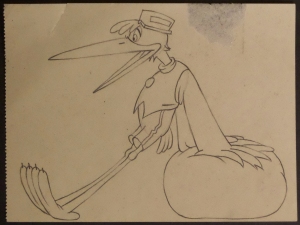 BUT WHY WASN’T THE STORK SCENE DELIVERED?
BUT WHY WASN’T THE STORK SCENE DELIVERED?
Animation casting director Hal Adelquist was in charge of handing scenes from directors to animators. He and Babbitt had been friends – Hal spoke at Babbitt’s wedding to Marge Belcher – but they had quibbled over union matters. The Stork sequence that Adelquist gave Babbitt wasn’t being completed, and he approached Babbitt. He knew Babbitt was involved in other “projects” – namely, recruiting for the Screen Cartoonists Guild, the independent union. Babbitt argued that his delivery on the Mr. Stork assignment had nothing to do with his union activity. Adelquist was skeptical – too many other artists complained to him about Babbitt talking to them about union matters on company time. There was a six-week backlog of work from Bill Roberts waiting for Babbitt to pick up. Here’s part of a conversation March 12, 1941:
ADELQUIST
…complaints have come to me that you personally have been going into the rooms and talking to the boys during working hours.BABBITT
Yes, I’ve done that. I don’t deny it. But when I go into a room… like Bill Tytla… I see him every day… I never stay more than five minutes. Same with Les Clark…ADELQUIST
You understand what I mean…BABBITT
Both [attorney] Bodle and [field examiner] Yager in the Labor Board have cautioned me, so I have been extremely careful.ADELQUIST
If the boys do drop into your room during company time, I would appreciate your telling them to make it after business hours. We are in such a condition right now that the thing we need is production. We need it so badly that if we don’t get it, there won’t be any unions.
That month, Babbitt finally received a new sequence – but one that would normally be given to “lesser animators.” They were NOT of main characters, and they lacked subtle acting nuances. It was “Sequence 16,” the Clown Silhouette scene in which they decide to hit the big boss for a raise.
The sequence had originally been given to animator Berny Wolf, who animated the first scene of the Clown Silhouettes as they disrobe and begin pouring their bottle (Sequence 14). By contrast, the sequence of the Ringleader in silhouette getting ready for bed was animated by Walt Kelly. Just scroll up and look at where Wolf and Kelly sit in the opening credits — nowhere near “Animation Director” Art Babbitt!
BUT WHY WAS THIS SCENE GIVEN TO BABBITT?
In mid-March, Ben Sharpsteen had a conversation with sequence director Bill Roberts, telling him that it was hard getting work for Babbitt. There were not enough scenes available. Roberts decided to assign the entire Clown Silhouette sequence – Sequence 14 and 16 – to Babbitt, but Babbitt did not pick it up. Babbitt told Roberts’s secretary that he had to go back and fix a previous assignment. It was another few weeks before Babbitt could start on Sequence 16. In that time, Berny Wolf tackled Sequence 14.
Once Babbitt began on Sequence 16, his delivery was slow. Roberts sent his assistant down to Babbitt’s room to find out why. Babbitt told Roberts’s assistant that his mind was elsewhere. He speedily completed the second half of the sequence – but one must wonder, what was going on in Babbitt’s mind at this time? Getting a lesser sequence, did he feel that his days were numbered? Did the unionism cause his “Animator’s Block” with its distractions? Or did his “Animator’s Block” provoke his unionism, as a means of job security? 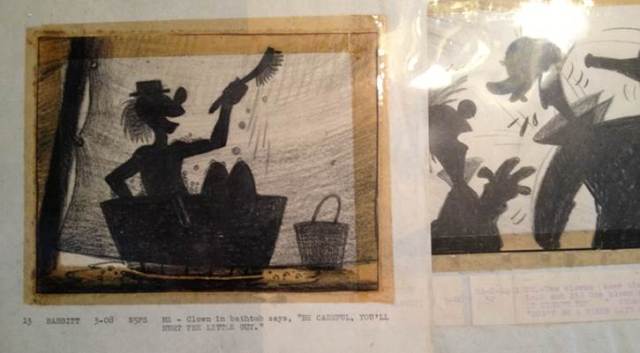
According to Roberts, there was no ulterior motive in giving Babbitt that sequence. They had a pressing schedule, and the sequence had to get done. There was a studio-wide grading system for each assignment. The grade effected salaries and bonuses. Roberts gave Babbitt an “A-” rating for this scene. As Roberts said, “An ‘A’ is progressive; the animator adds something to what is being animated. An ‘A-‘ is when the animation is what you normally expect.” Babbitt had earned an “A” rating on all his previous animation.
AH, BUT HITTING THE BIG BOSS FOR A RAISE – WAS THAT STRIKE-TALK?
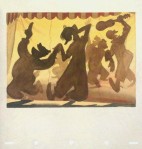 John Canemaker asked Babbitt that very question in July, 1975. In March 1941, Babbitt was indeed a union rep for the Screen Cartoonists Guild, and he was given this scene in which the characters are solely motivated to get a wage increase. Babbitt’s response:
John Canemaker asked Babbitt that very question in July, 1975. In March 1941, Babbitt was indeed a union rep for the Screen Cartoonists Guild, and he was given this scene in which the characters are solely motivated to get a wage increase. Babbitt’s response:
“People attached political significance to what happened there. You know, ‘Let’s go on strike’ and so on. We weren’t thinking strike at the time. In fact, there never would have been a strike if it hadn’t been forced on us.”
Babbitt himself never asked for a raise in his salary. Every raise he earned at Disney was bestowed voluntarily by the studio. It was the following month, in April 1941, that he had an altercation with Walt and asked for a $2 raise for his assistant. The Screen Cartoonists Guild’s main demand was merely representation at the studio. When the strike hit on May 28, it was as a result of sudden terminations and the studio’s refusal to discuss it. As the strike wore on during the summer, it became about other causes, including wage increases for all. But at the time of the Dumbo’s Sequence 16, “hitting the big boss for a raise” was just not a thing.
For the nine weeks of the Strike, while the 300+ artists picketed, inside the studio gate the loyalists were completing Dumbo for Walt. I absolutely love the characters in that film – Dumbo, Timothy, Mrs. Jumbo, Mr. Stork, even the crows – and there’s something almost poetic in that Dumbo and all of his friends were only finished under duress of the Strike.

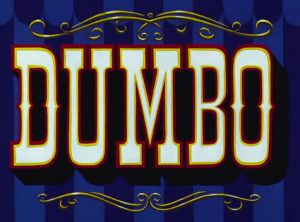
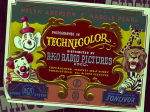



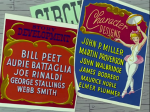

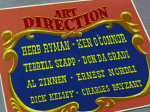
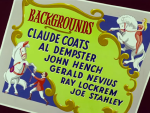

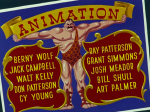
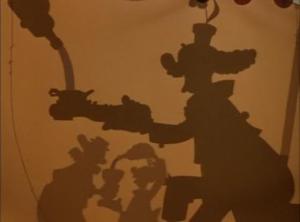

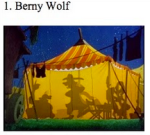
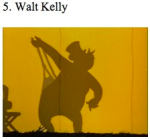
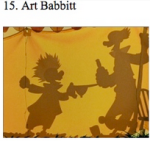
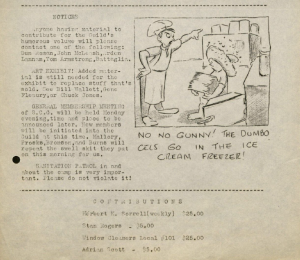
Thanks for this insightful information!